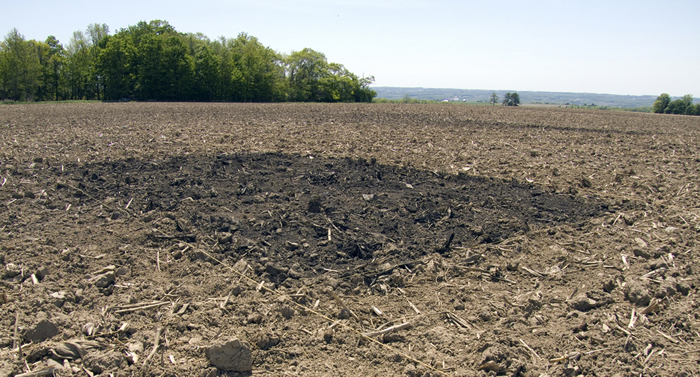Scrubbing the atmosphere until it’s squeaky clean
An economically viable model to scrub carbon dioxide from the atmosphere to thwart runaway, point-of-no-return global warming has been suggested from new Cornell research.
The work appeared in the October 21st edition of Nature Communications. It proposes that using a ‘bioenergy-biochar system’ which will remove carbon dioxide from the atmosphere in an environmental pinch, is the way forward until other removal methods become economically feasible and in regions where other methods are impractical.
Dominic Woolf, Cornell research associate in crop and soil sciences and lead author on ‘Optimal Bioenergy Power Generation for Climate Change Mitigation With or Without Carbon Sequestration’ said: “If we continue on current emissions trajectories, we will need to draw down excess carbon dioxide from the atmosphere if we’re going to avoid catastrophic levels of climate change. We’re offering a mitigation model that can do that. It’s not a silver bullet, but it may be among the tools we need in a portfolio of carbon dioxide mitigation strategies.”

In this test plot of biochar, carbon is amended to the soil – where it stays – where it can be used as a fertilization substitute for crops.
Among the recent ideas to cleanse the atmosphere of carbon is to plant huge regions of forests – called reforestation or afforestation. Scientists have also considered Bioenergy with Carbon Capture and Storage (BECCS), in which bioenergy power plants capture their own carbon dioxide emissions, and then store them underground or in the ocean.
BECCS is very expensive and impractical now, but could become a more viable option toward the end of this century, according to this research.
The new study suggests a system using biochar, carbonized plant matter made by charring organic material – burning without using air – in a process called pyrolysis. The bioenergy-biochar system, called BEBCS, is stable and lowers sequestration losses when carbon is captured. After the organic matter is turned into carbon-sequestering biochar, it can be placed into the soil as a fertilizer substitute and improve crop production.
Although it has been omitted from major atmospheric mitigation scenarios until now, the new model shows that including biochar in a suite of options unlocks the ability to achieve cost-effective carbon dioxide removal earlier and deeper than would otherwise be possible.
Woolf added: “We need a full suite of mitigation strategies. It’s quite possible to scrub the atmosphere and remove carbon dioxide to avoid runaway climate change – where we could transition to manageable climate change,” he said. “This isn’t purely about advocating completely for biochar, but we need to recognize that we have technologies in place that can help our atmosphere, and we should create an optimal portfolio for ideas.”
More information at Phys.org


Comments are closed, but trackbacks and pingbacks are open.